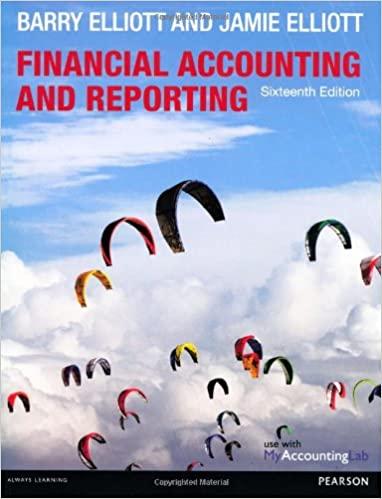C d. Chapter 18 Example 1: The converged standard on revenue recognition reduces the number of disclosures required for revenue reporting, b. increases the complexity of financial statement preparation recognizes and measures revenue based on changes in assets and liabilities, simplifies revenue recognition practices across entities and industries. Identifying Contract with Customers-Step 1 Example 2 A performance obligation is a written guarantee in a contract to provide a product or service to a customer TRUE FALSE Separate Performance Obligations-Step 2 Example 3: On January 15, 2020, Bella Vista Company enters into a contract to build custom equipment for ABC Carpet Company. The contract specified a delivery date of March 1. The equipment was not delivered until March 31. The contract required full payment of S75,000 30 days after delivery. The tevenue for this contract should be recorded on January 15, 2020. b. recorded on March 1, 2020. recorded on March 31, 2020. d. recorded on April 30, 2020 Determining the Transaction Price Step 3 Example 4. Peabody Construction Company enters into a contract with a customer to build a warehouse for $100,000, with a performance bonus of $50,000 that will be paid based on the timing of completion. The amount of the performance bonus decreases by 10% per week for every week beyond the agreed- upon completion date. The contract requirements are similar to contracts that Peabody has performed previously, and management believes that such experience is predictive for this contract. Management estimates that there is a 60% probability that the contract will be completed by the agreed upon completion date, a 30% probability that it will be completed 1 week latc, and only a 10% probability that it will be completed 2 weeks late. Question: How should Peabody account for this revenue arrangement according to Expected Value? a. Example 5: Roche Pharmaceuticals entered into a licensing agreement with Zenith Lab for a new drug under development. Roche will receive 58,100,000 if the new drug receives FDA approval. Based on prior approval, Roche determines that it is 98% likely that the drug will gain approval. The transaction price of this arrangement should be a. $8,100,000. b. 56,885,000.c. $1,215,000.d. So until approval is received Example 6 Facts: On July 1, 2020, SEK Company sold goods to Grant Company for $900,000 in exchange for a +- year, zero-interest-bearing note with a face amount of $1,416,163. The goods have an inventory cost on SEK's books of S590,000 Questions: (a) How much revenue should SEK Company record on July 1, 2020? (b) How much revenue should it report related to this transaction on December 31, 2020? = Step 4 Allocating Transaction Price to Separate Performance Obligations Example 7: A transaction price for multiple performance obligations should be allocated a. based on selling price from the company's competitors. b based on what the company could sell the goods for on a standalone basis. c. based on forecasted cost of satisfying performance obligation d based on total transaction price less residual value. Example 8: Bella Pool Company sells prefabricated pools that cost $80,000 to customers for $144,000 The sales price includes an installation fee, which is valued at $20,000. The fair value of the pool is S128,000. The installation is considered a separate performance obligation and is expected to take 3 months to complete. The transaction price allocated to the pool and the installation is a. $124,541 and $19.459 respectively $144,000 and $20,000 respectively c. S128,000 and $20,000 respectively d. S110,702 and $17.298 respectively Step 5 Recognizing Revenue When (or as) Each Performance Obligation Is Satisfied Example 9; A company has satisfied its performance obligation when the a company has received payment for goods or services. b. company has significant risks and rewards of ownership c company has legal title to the asset d. company has transferred physical possessiot of the asset









